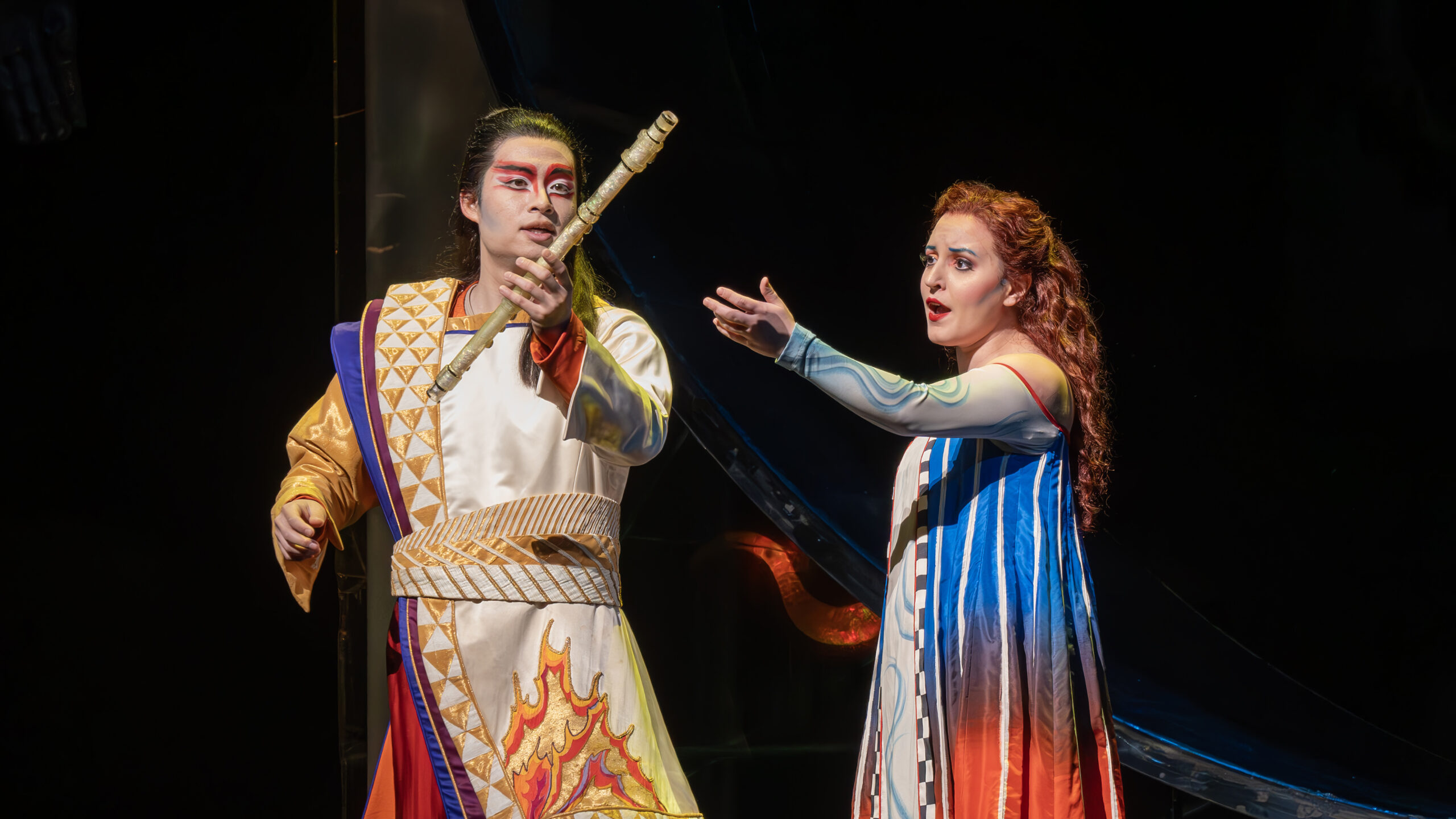
The conductor’s task, therefore, is primarily managing the massive forces and moving parts and sticking to the composer’s detailed instructions, rather than expanding on the late-Romantic flair already in the score. The best performances can come close to Mahler’s vision of divine and cosmic harmony and peace, while the worst get bogged down in its episodic, quasi-operatic second part and turn it into a bloated mess. Andris Nelsons and the Boston Symphony Orchestra’s performance on Friday was an admirable effort, and while not completely in the former category, made a solid case for Mahler’s underappreciated and comparatively little-performed work.
The work was last performed by the BSO at Symphony Hall in 2004 in James Levine’s inaugural season as music director. Andris Nelsons has experience with this piece, having performed it in Leipzig with his Gewandhausorchester and earlier in Birmingham with the CBSO, as well as in 2015 with the Tanglewood Music Center Orchestra (with Christine Goerke and Mihoko Fujimura returning for these performances). Looking more energetic compared to last year, Nelsons self-assured leadership matched what Robert Kirzinger’s program notes praised the conductor’s “special affinity for composers of grand aspirations and outsized imagination.”
It is precisely Mahler’s “outsized imagination” that makes his 8th Symphony a challenging piece. Like with many of his other symphonies, Mahler drew inspiration from theological and philosophical concepts that subvert conventional musical representation. How can one depict resurrection and salvation in a musical language? To do this, Mahler experimented with form and orchestration. After the 1910 Munich premiere, the eminent German writer Thomas Mann remarked that Mahler “expresses the art of our time in its profoundest and most sacred form.”
Yet interpreting this “sacred form” in the symphony is a challenge for any conductor. The theme of divine salvation appears in both parts of the symphony but in different forms: the first part is a setting of the medieval Catholic hymn “Veni, Creator Spiritus” for the Feast of Pentecost and the second is the final scene from Wolfgang von Goethe’s second installment of Faust. The final scene of the play, set in a remote wilderness of mountains, forests, and deserts, takes place after angels have carried away Faust’s soul despite the devil Mephistopheles’s protest that Faust had lost his wager. While Faust’s salvation is at first unclear, three biblical women (the penitent who washes Jesus’ feet, the Samaritan, and St. Mary of Egypt) plead on his behalf, followed by Gretchen, now “a penitent.” Mater gloriosa, the personification of the “eternal feminine,” intercedes for Faust and sends his soul to heaven.
Goethe’s posthumously published Faust Part 2 was often dismissed as a “mistake of his old age,” is far less exciting and engaging than the more famous first part. The same could be said about Mahler’s work, the last premiere of his before his death just 9 months later in May 1911. Yet, just like comparing the quality of Faust Parts 1 and 2 — written decades apart — parallels between the 8th and Mahler’s other choral symphonies 2nd and 3rd cannot encapsulate the profundity of the work.
Mahler himself thought of the work as celestial, blending Christian liturgical tradition and Goethe’s neoclassicism. Like the E-flat pedal that opens Richard Wagner’s Das Rheingold, Mahler chose the same tonal center (which was also Beethoven’s “heroic” key) to build a vast syncretic world. The symphonic structure is in essence an enormous canvas full of poetic word painting, from the repeated supplications of the soloists and angelic choirs, and classical forms, like the masterful double fugue in the first part.
In part two of Goethe’s play, various mystical characters plead on behalf of Faust in both the opening and final scene. While Goethe’s play is decidedly un-Catholic in its salvation message rooted in the “eternal feminine,” Mahler’s complex and ambiguous theological beliefs —he converted to Catholicism from Judaism — frames the Mater gloriosa in Christian iconography. Thus, the cyclical framework of the symphony in which the themes from part one return at the end of part two not only echoes the structure of Goethe’s play, but also allows Mahler to musically and theologically synthesize the two sections in a formally complex and theologically ambiguous maneuver.
Symphony Hall contrasts greatly from the venue of the 1910 Munich premiere (a glass-roofed exhibition hall and now a museum of transit which fit over one thousand performers), but the over 300 performers still produced a tremendous sound on the cramped stage. The soloists sat in front of the orchestra. While the expanded Tanglewood Festival Chorusprepared by James Burton was at the back of the stage, the Boys of the St. Paul’s Choir School sat on the left side of the first balcony.
The St. Paul’s Boy Choir, performing the work with the BSO for the first time since the acclaimed 1980 concerts with Seiji Ozawa and conducted on the balcony by the recently appointed Brandon Straub, performed with confidence and clarity. The only the weakness of hall’s design, however, was in splitting the choirs asymmetrically, since balance issues meant that the boy choir was covered by the orchestra in louder passages. Yet the upper balcony was also used to great effect for the offstage brass at climactic ends of each part, as well as for the heavenly voice of Yin Fang’s Mater gloriosa. The tenors and basses of Tanglewood Festival Chorus were particularly strong in the final “Chorus mysticus,” while the altos and sopranos relished their role as the playful chorus of young angels.
While Nelsons had to monitor balance issues such as during the double fugue when the brass outshone the choirs, as well as during the chorus of penitents when Christine Goerke’s Gretchen first appears, he nevertheless brought out fantastic sonorities from all sections of the orchestra. The cellos, basses, and horns were particularly forceful during the part two prelude, though the pizzicatos sometimes lacked precision. Other highlights included lucid solos from clarinetist William R. Hudgins and oboist Keisuke Wakao. Alexander Velinzon, recently promoted to Associate Concertmaster, excelled in the work’s lyrical violin solos with a dry but clear sound. The strings were effective in the imperceptibility during the opening chorus of part two, yet Nelsons’s agonizingly slow tempo for the Mater gloriosa theme made it difficult for them to sustain the necessary “molto cantando” lyricism.
Overall, the eight soloists complemented the thoughtful interpretation delivered by the orchestra. Michael Nagy as Pater Ecstaticus had remarkably clear diction and Ryan Speedo Green managed to navigate Pater Profundus’s awkward leaps. Mihoko Fujimura and Gerhild Romberger as the Samaritan woman and Mary of Egypt, respectively, both shone especially in their lower registers.
The taxing nature of the soprano parts meant that Christine Goerke and Latonia Moore lost some momentum in the final chorale and did not always blend in their unison moments, but their vocal colors aptly portrayed their characters’ supplications. The same could be said of Andreas Schager as Doktor Marianus. While his voice strained at times, Schager had impressive projection, with strength and clarity especially on the important declamations “Jungfrau, Mutter, Ko?nigin, Go?ttin,” in the climactic moment of Faust’s redemption.
The “Chorus mysticus” was the evening’s highlight (as it should be). The BSO made a convincing case as to why it is one of Mahler’s most profound and moving symphonic conclusions with its hushed, intimate beginning. In the last intense moments of Mahler’s depiction of Goethe’s “eternal feminine” and the glorious opening of the heavens, Nelsons—a trumpeter himself—let the offstage trumpets sustain their high Cs. He then held the final triumphant E-flat major chord for much longer than noted in the score, akin to the conclusion of Scriabin’s The Poem of Ecstasy, another mystical late Romantic masterpiece that premiered two years earlier. While it was not the most polished performance overall, the ending alone justified the enthusiastic standing ovation at a nearly sold-out Symphony Hall.
Photos: Winslow Townson
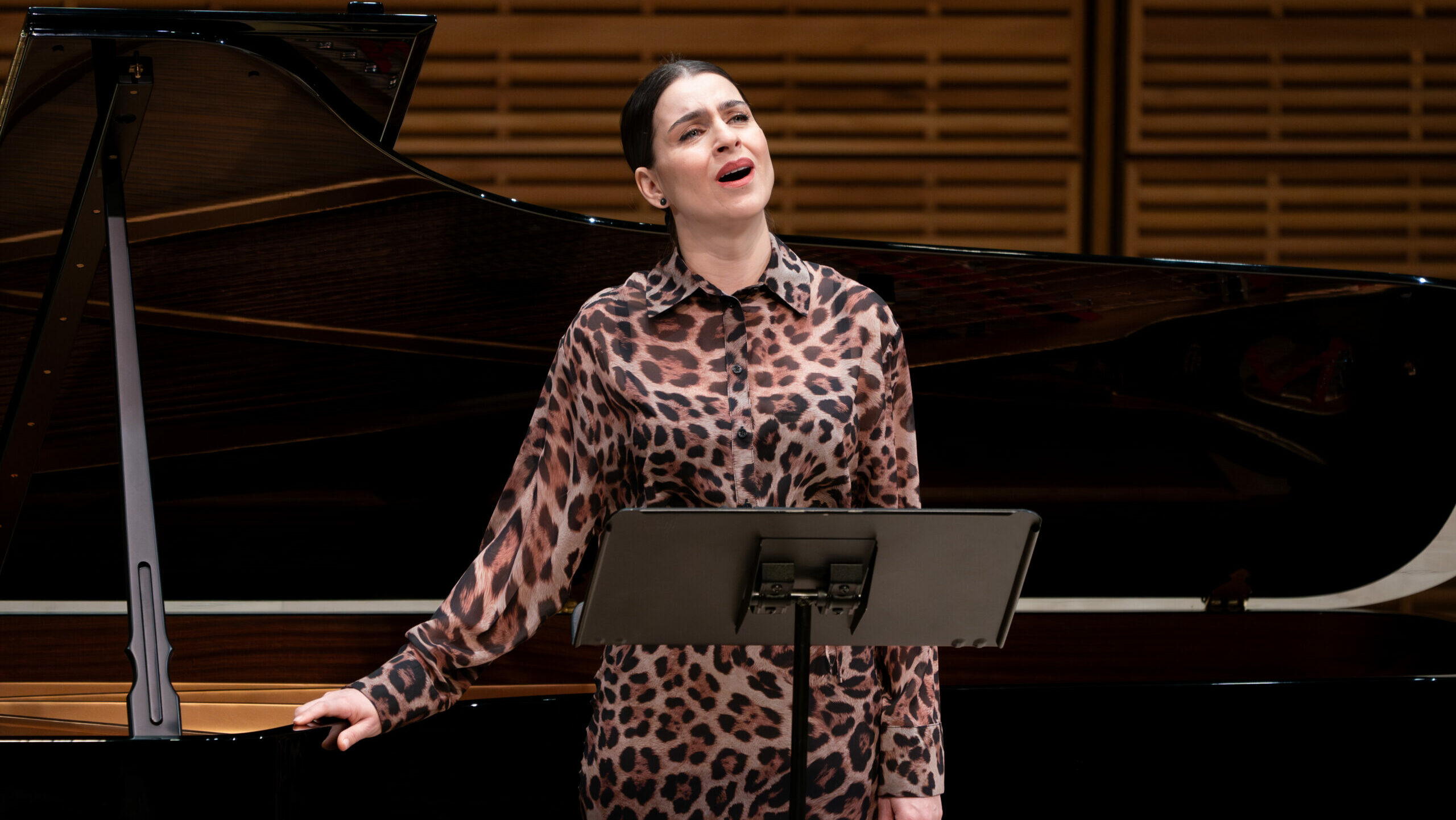
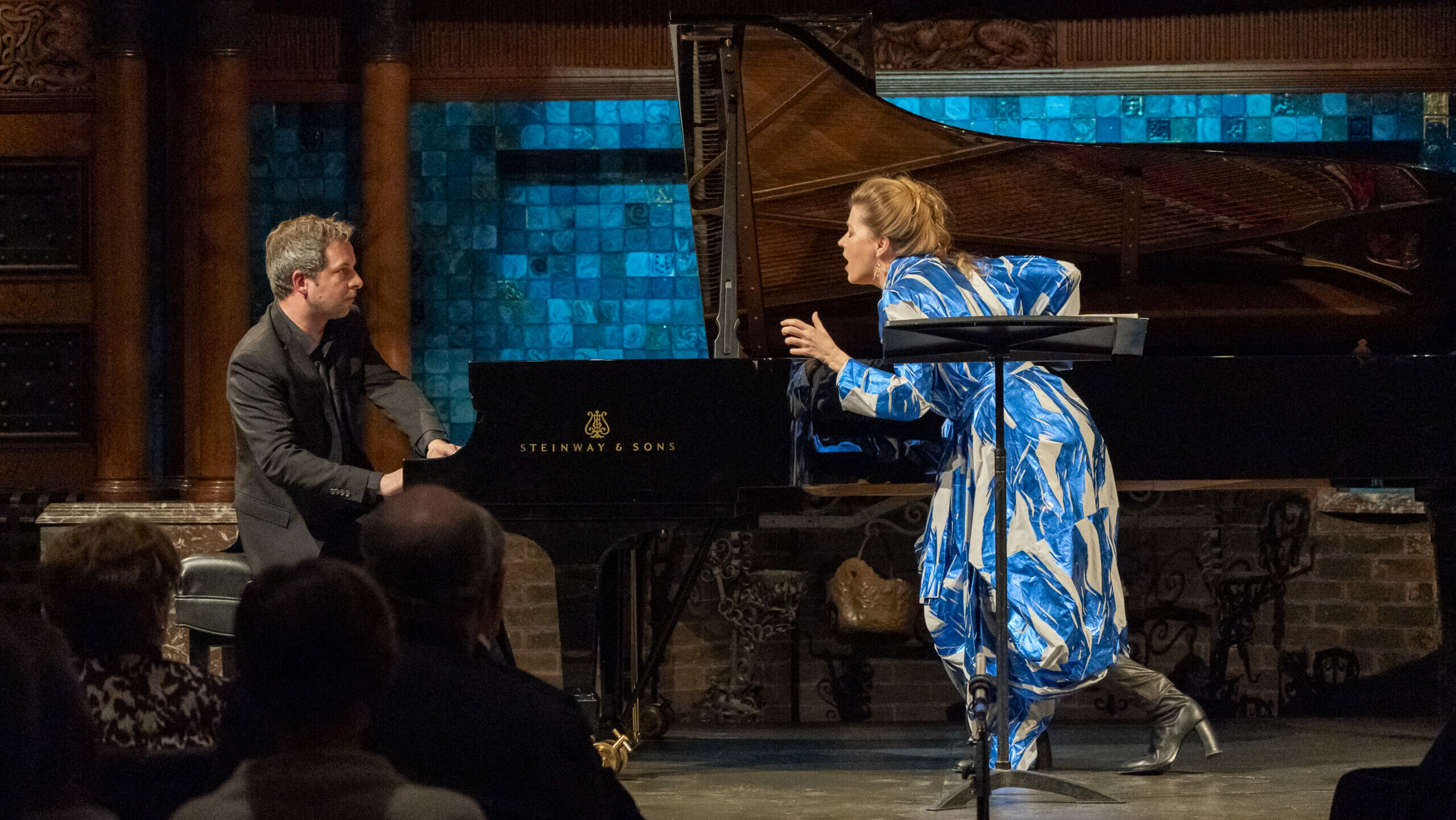

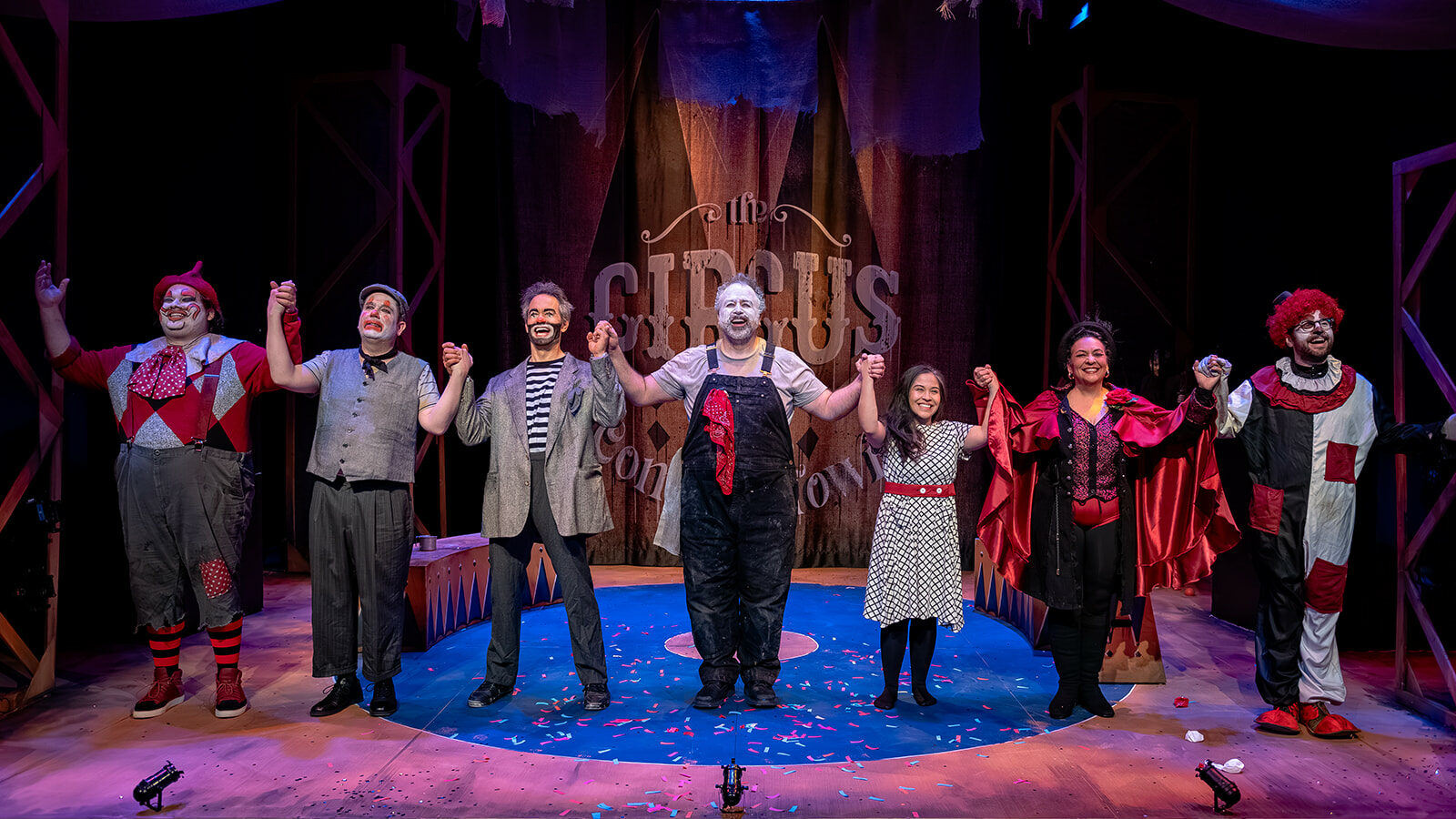




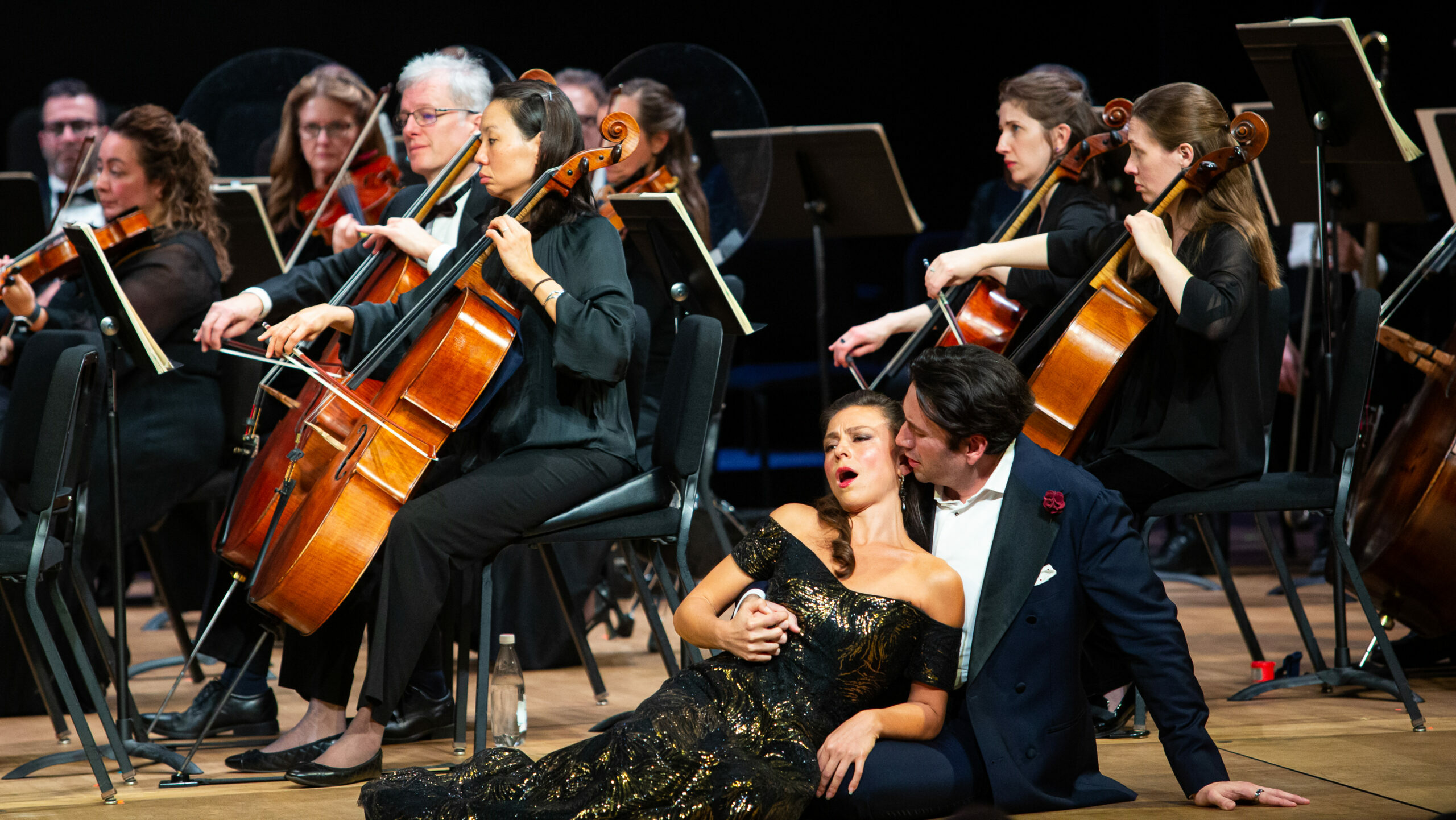
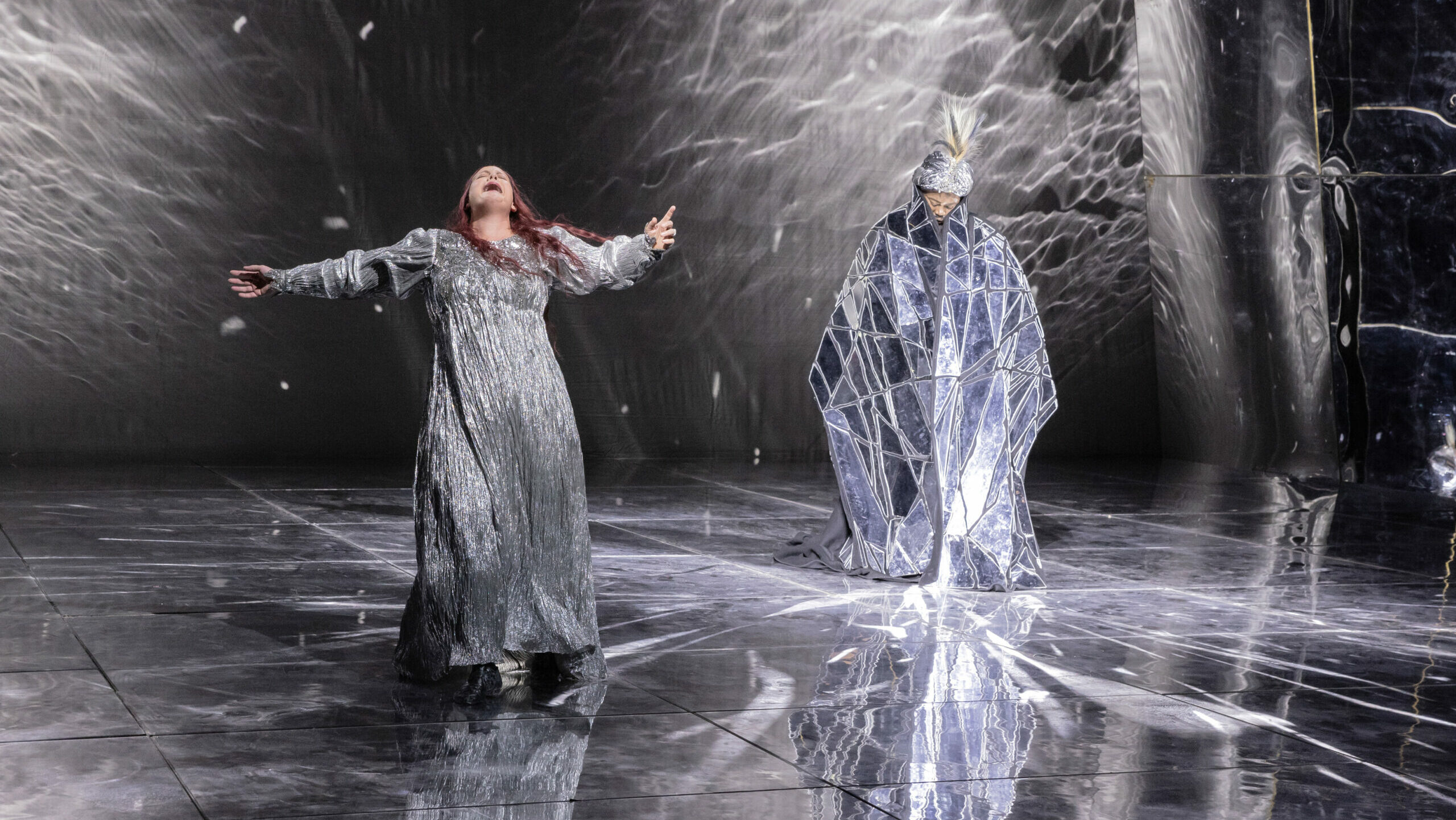
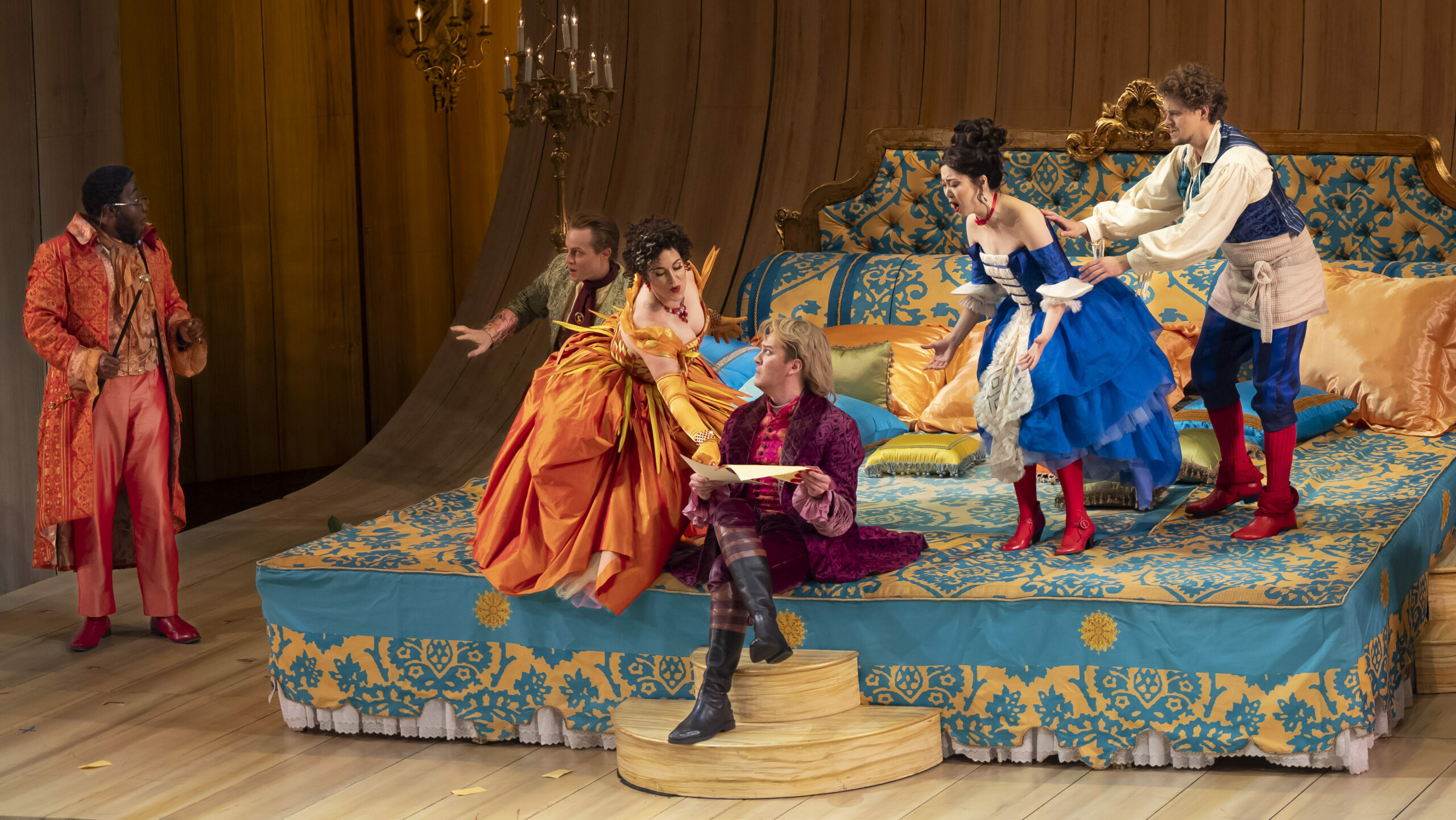
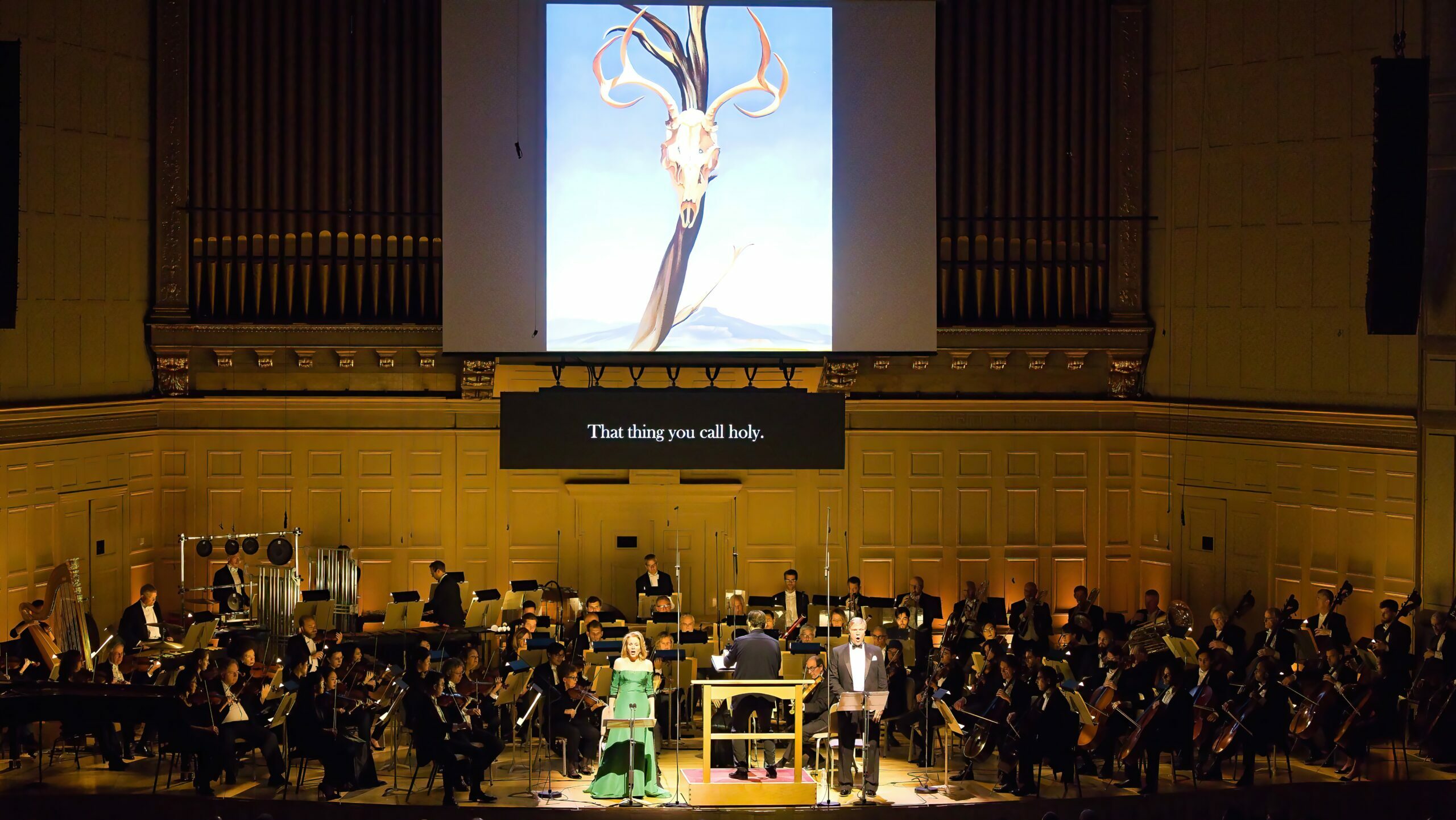
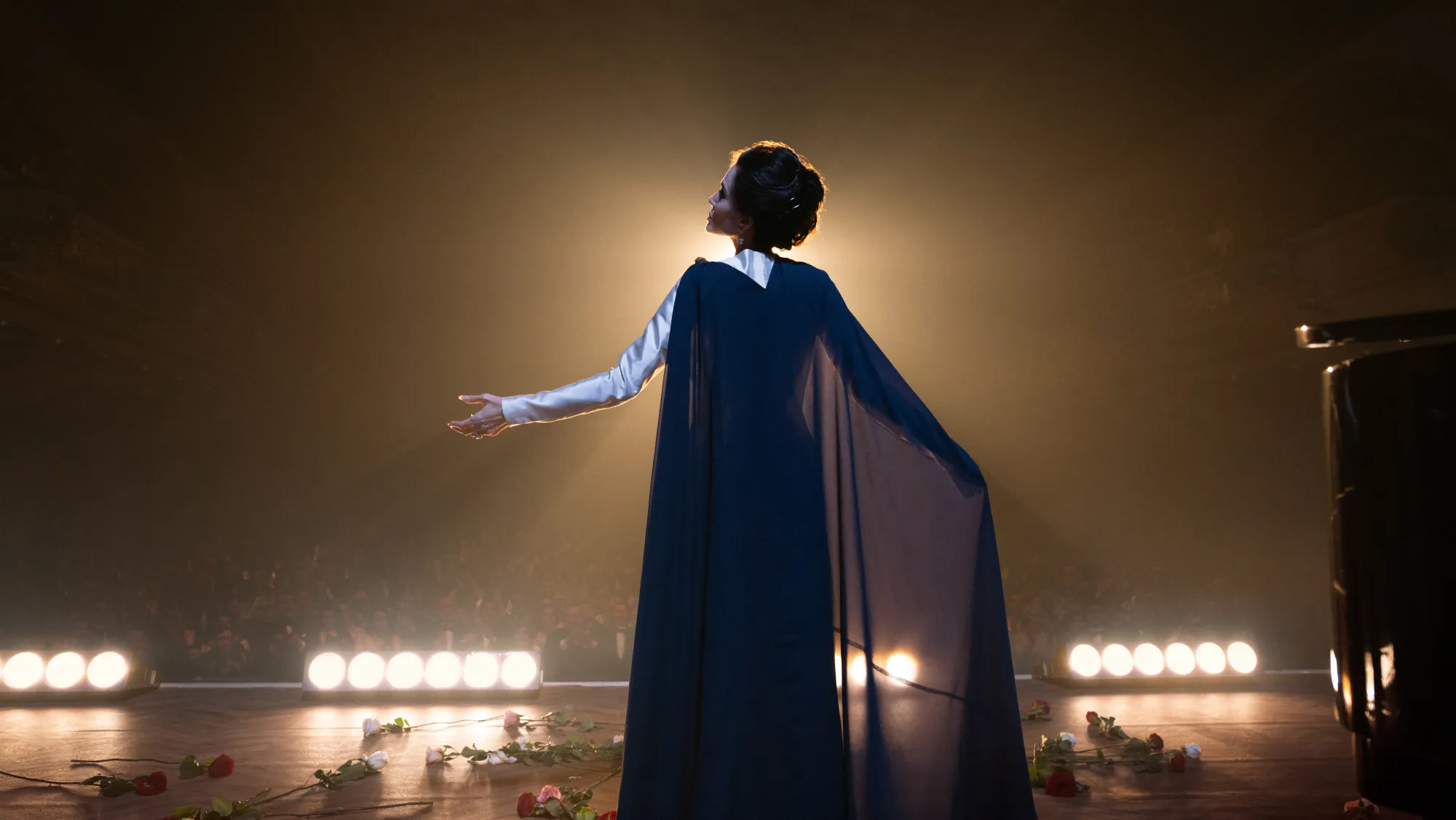
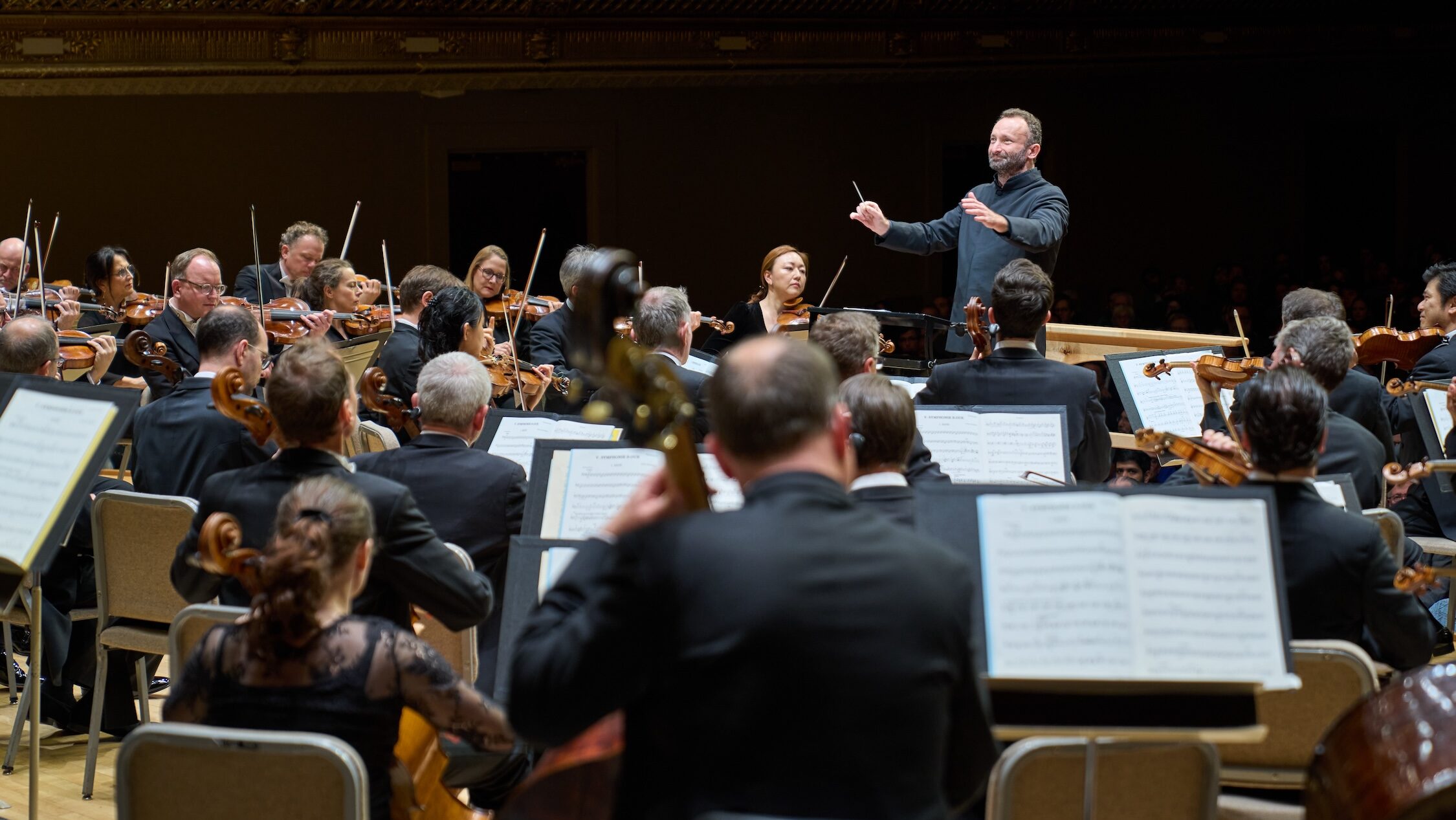
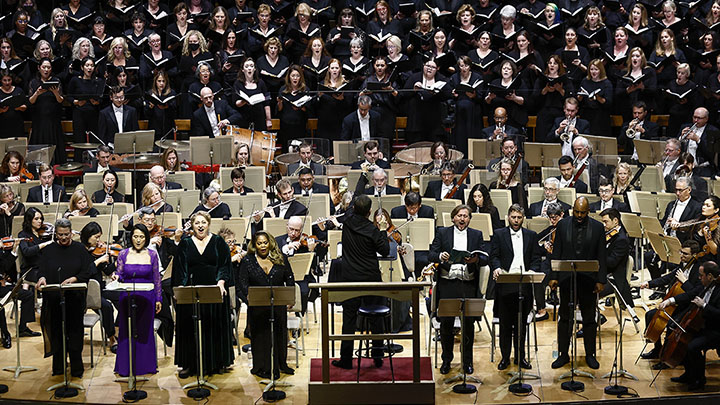
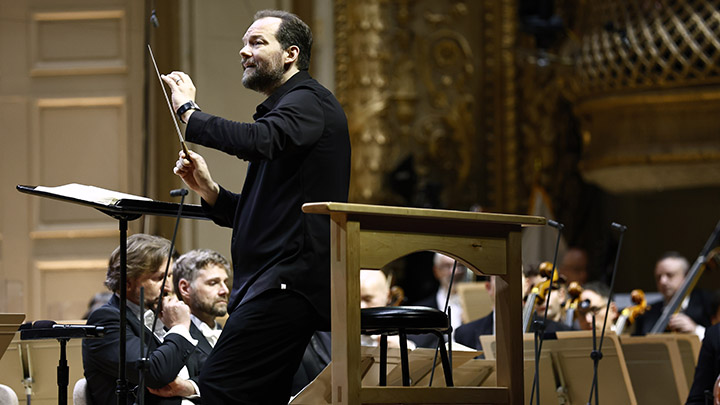
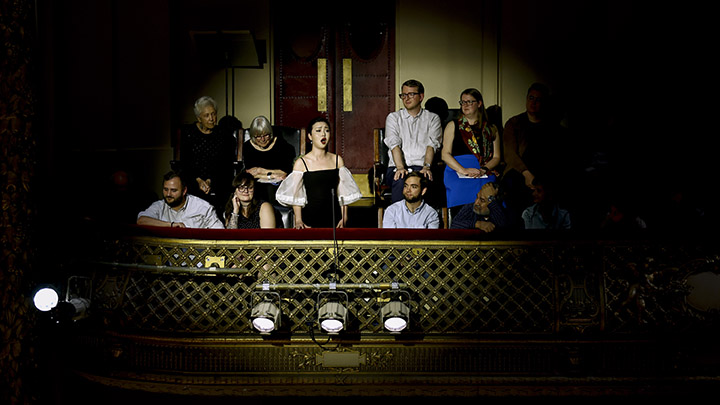
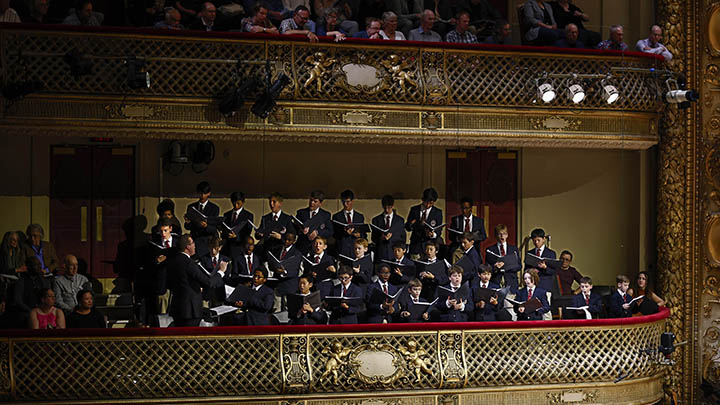

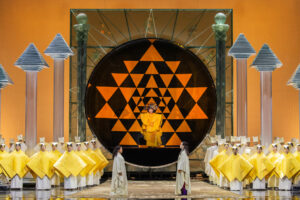
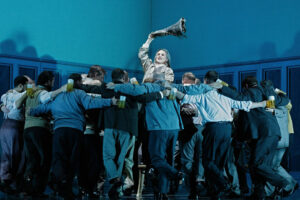

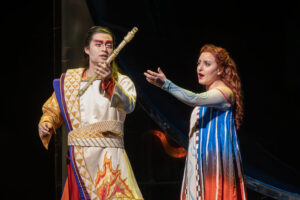
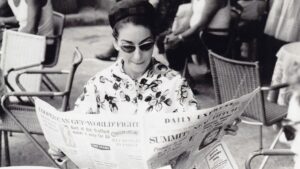
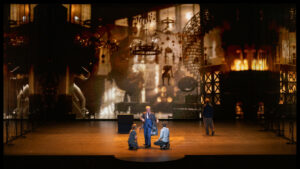
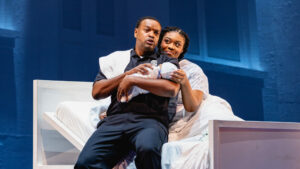



Comments